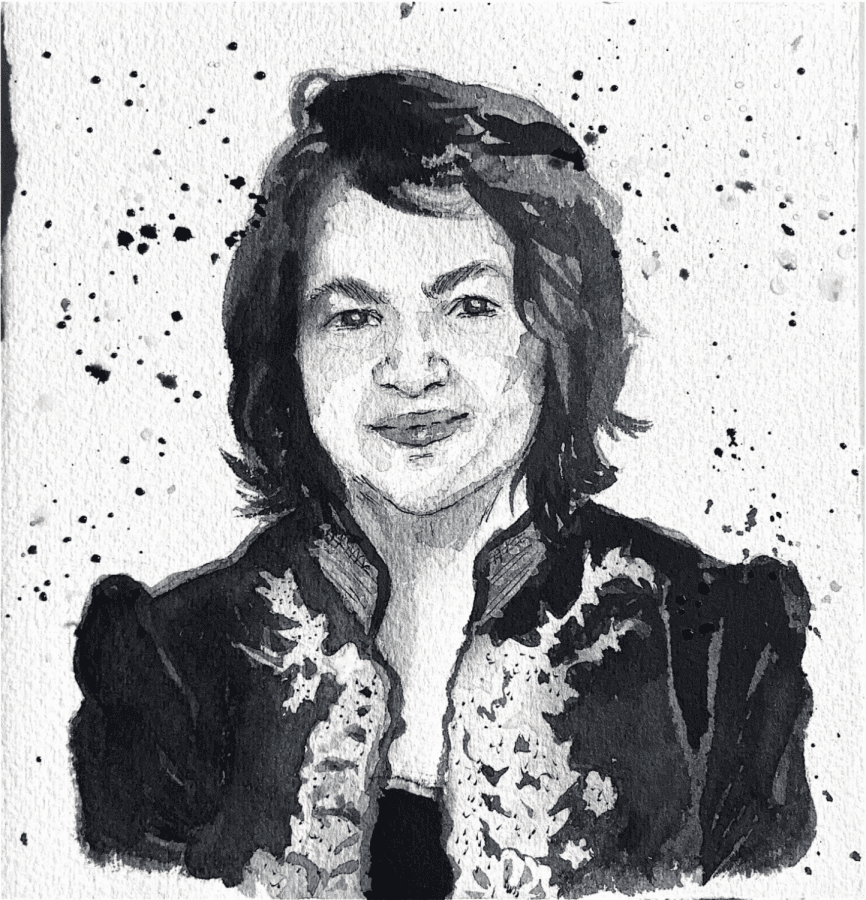Forgotten Figures | Meet the woman who took down a dictator
More stories from Giuliana LaMarca
It takes courage to run against a dictator. But that’s exactly what Maria Corazon Cojuangco Aquino did.
Aquino was born into a wealthy family on January 25, 1933 in the Tarlac province of the Philippines. After graduating from New York City’s Mt. St. Vincent College in 1954, Aquino chose to forgo additional legal studies to raise a family with burgeoning politician Benigno Simeon Aquino, Jr.
At that point, Aquino was in the background of her husband’s growing political career. In 1980, Aquino’s husband was exiled to the United States for opposing Ferdinand Marcos’ dictatorship over the Philippines, which was under an authoritarian rule known for suppressing democratic processes. Upon their return from the U.S. to the Philippines three years later, Aquino’s husband was assassinated.
After her husband’s death, Aquino decided to run against Marcos in the Philippines’ presidential election of 1986. She initially lost the election, but Aquino and her supporters challenged the results on the count of voting fraud. She was then sworn as president of the Philippines on February 25, 1986, and Marcos fled the country that day, giving Aquino undisputed presidential power.
Aquino immediately began working on undoing the harm from Marcos’s rule. She created a new provisional constitution with the promise to fully create a new one. This provisional document was accepted by congress less than a year later.
Aquino made sweeping changes during her presidency. She broke up Marcos’s monopolies, which led to an increase in economic growth in the years following her election. Also during her presidency, she created free secondary schooling for the Philippines. She even led the country through three natural disasters—an earthquake in 1990, a super typhoon in 1991 and the eruption of Mount Pinatubo later that same year. While some called for her resignation from office on the charge that her government lacked direction, Aquino was able to remove an extremely corrupt dictator from power and help move the Philippines forward.
The highlights of Aquino’s accomplishments are incredibly important for all people to read. Not only does this story highlight the importance of Filipino women leaders, it is also important for all students to see this representation.
Without highlighting the accomplishments of minority individuals, we run the risk of maintaining a limited view of who our leaders should be. It’s hard to strive for greatness when the path wasn’t paved for you. Aquino is someone all women on this campus can look up to, because many times women are not supported in their journeys toward leadership roles that desperately need to be filled.



